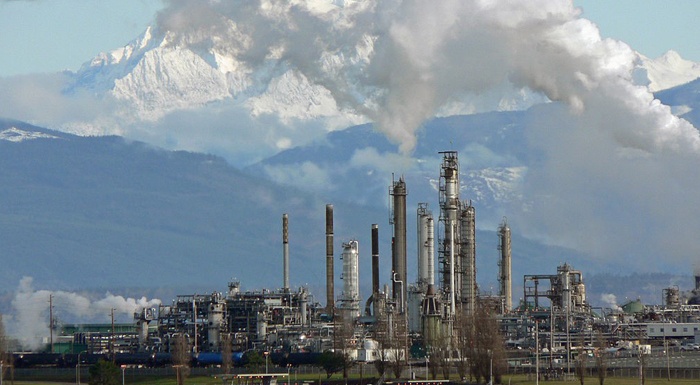
Process plants are designed to minimize the occurrence of explosions. Explosions cause risk to facilities, equipment and employees. Although accidental explosions are rare, the consequences can be extremely severe. The consequences can involve personnel, financial loss and public safety.
Blast resistant design is one of the measures to minimize the risk from the hazards of accidental explosions in a plant. In this blog I will discuss the types of explosions and the possible dangers that come with them.
Through the years petrochemical processes have become more complex. Plants became bigger and risks of accidental explosions have increased. The ASCE defines explosions in the petrochemical industry into four basic types:
- Vapor Cloud Explosions;
- Pressure Vessel Explosions;
- Condensed Phase Explosions;
- Dust Explosions.
An explosion releases suddenly energy to the atmosphere. This energy results in a pressure transient or a blast wave. A blast wave travels at supersonic or sonic speed and the passage of the shock wave will last a few milliseconds.
Explosions have several characteristics, such as duration, impulse, blast wave type and blast overpressure.
The overpressure from the blast wave is for buildings usually the most damaging part of an explosion. An explosion can also result in fires, projectiles and ground transmitted shocks that possibly damages buildings and their contents.
Most common waves
Based on the characteristics of a blast, there are several types of blast waves. In the oil and gas industry the shock wave and pressure wave are the most common.
Shock waves
A shock wave suddenly and almost instantaneously in pressure to a peak overpressure. In the worst case, it is two times higher than the maximum overpressure.
Pressure waves
By a pressure wave the pressure rises gradually to a peak overpressure. It also decreases gradually. The architectural outfitting of a structure need to be designed according to these parameters in order to provide the right level of protection.
Blast resistant walls, doors and windows
To protect your facilities, equipment and employees, you need the right level of protection. Van Dam offers blast resistant walls, doors and windows for every project. No project and explosion is the same, therefore you need customization. Our professionals can help you with the right protection for the possible blast load.
To know which walls, doors and windows are needed for the plant, it is necessary to perform a blast analysis. Hereby it is important that all required blast parameters are defined. When these are unknown, the most common values will be used:
- Dynamic load
- Pressure wave
- Ductility ratio of 1
- Isosceles blast wave shape
- Blast duration of 200 ms.
Download our eBook Blast ratings for fire and blast protective products for more information and insights.






